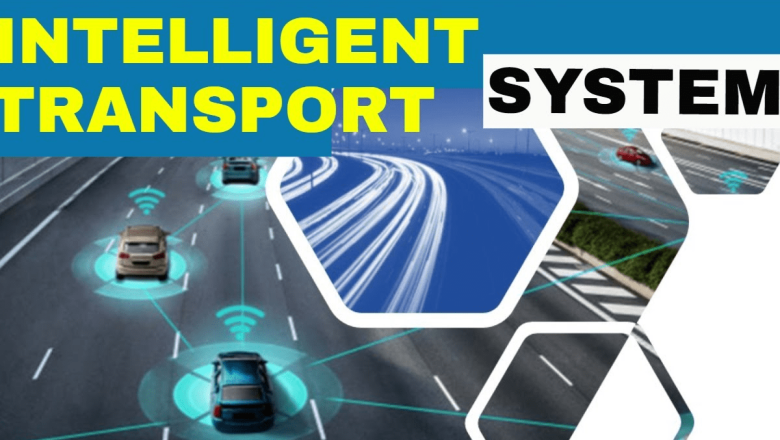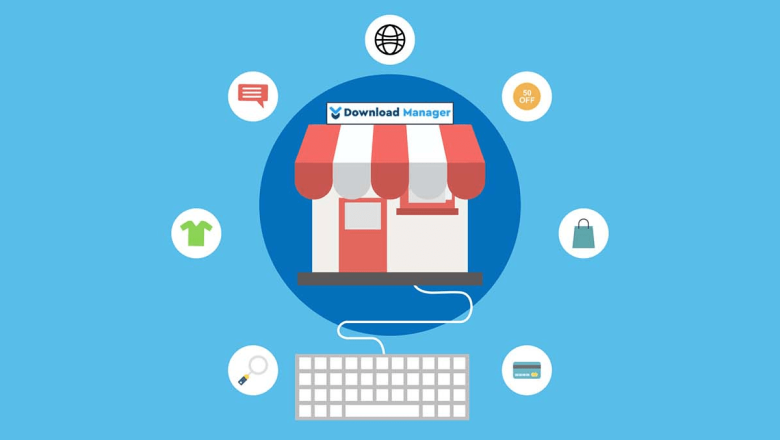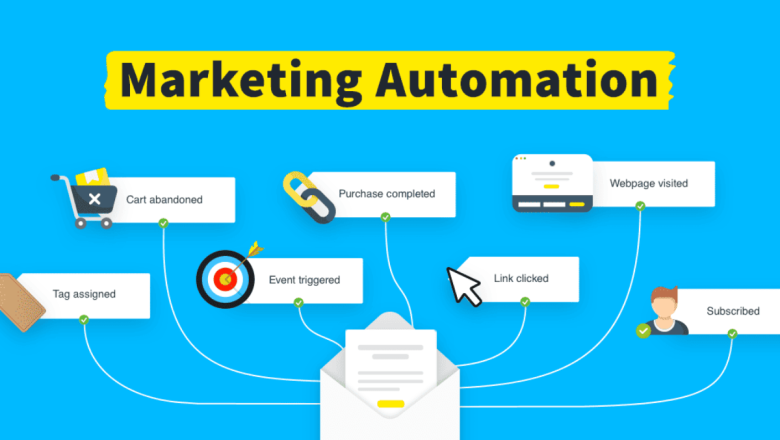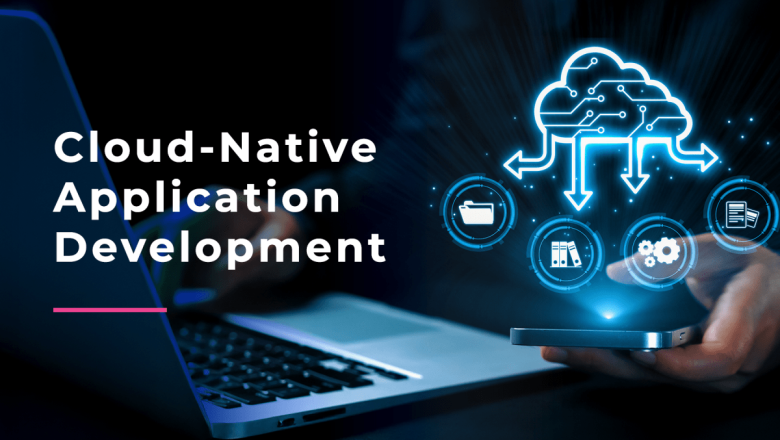
Autonomous AI Agents: The Future of Intelligent Automation
The growth of autonomous AI agents has transformed industries with the application of intelligent automation in a variety of business processes. Contrary to traditional software, these systems can make their own decisions and adapt to changes in their surroundings and constantly learn from information.
Through automating repetitive and time-consuming tasks, companies can boost efficiency, reduce errors, and put their staff on the most critical projects, which can increase productivity and generate more innovation.
Understanding Autonomous AI Agents
Autonomous AI agents are autonomous software systems that can perform complex tasks without human supervision. They combine decisions, problem-solving, and real-time analysis of data, which lets them work on their own and l...









